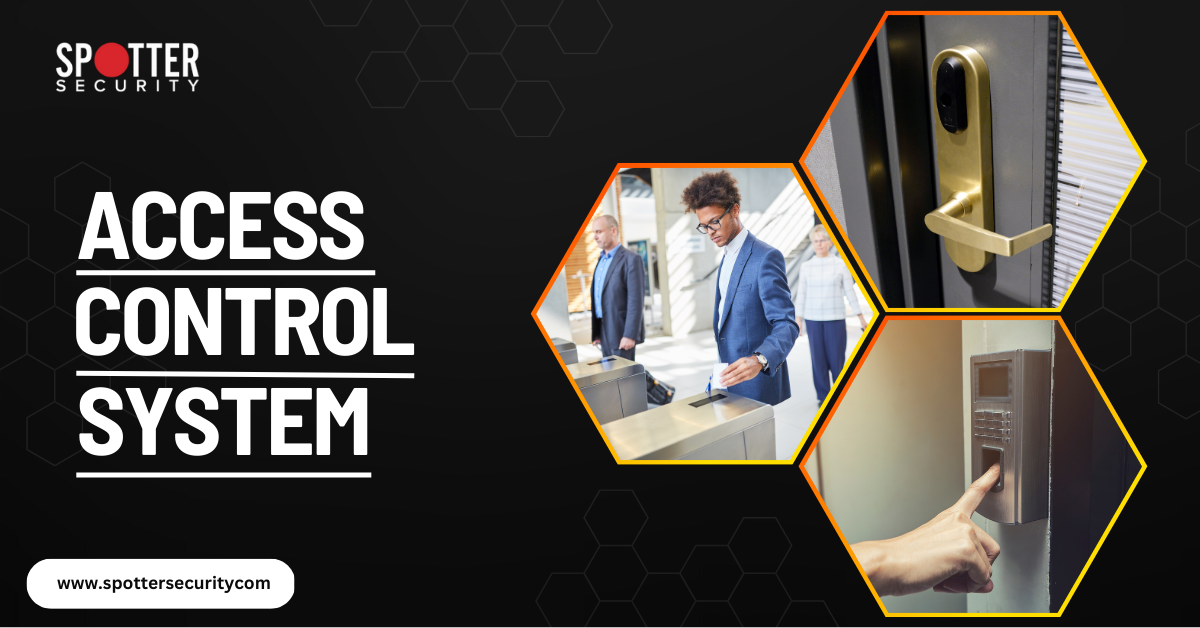In today's interconnected world, protecting one's assets has become increasingly complex. The threats to our assets are numerous and ever-changing, from cyber-attacks and data breaches to theft and fraud. However, we can mitigate these risks and secure our assets. This article will explore various strategies for controlling access and protecting your assets.
Physical Security Measures
Physical security measures are the first line of defense when protecting your assets. These measures include locking doors, installing security cameras, and using security personnel to monitor entry and exit points. For sensitive assets, such as data centers and secure storage facilities, biometric security systems, and keycard access controls may also be used.
Cybersecurity Measures
Cybersecurity measures are essential in today's digital age, where data breaches and cyber attacks are becoming increasingly common. To protect against cyber threats, it is important to regularly update software and security systems, implement firewalls and antivirus programs, and educate employees about safe online practices. Additionally, regularly backing up important data and implementing two-factor authentication can provide an additional layer of protection.
Access Control Systems
Access control systems allow organizations to control who has access to certain areas, assets, or data. This can include physical access control systems, such as keycard systems or biometric authentication, and digital access control systems, such as password-protected databases or secure file-sharing platforms. Access control systems can also restrict access to sensitive information and track who has access to what.
Risk Management
Risk management involves:
- Identifying potential risks to your assets.
- Assessing the likelihood and impact of those risks.
- Implementing measures to minimize or mitigate them.
This can involve conducting regular security audits, implementing security policies and procedures, and training employees on safe and secure practices.
Insuring Your Assets
Insurance can provide an additional layer of protection for your assets. Whether it is protecting against theft or damage or covering the costs of a data breach, insurance can help you recover from unexpected losses. It is important to regularly review your insurance coverage to ensure that you have adequate protection for your assets.
Employee Awareness and Training
Employees can play a significant role in securing an organization's assets. Educating employees about security risks, policies and procedures, and safe online practices can help reduce the risk of data breaches and other security incidents. Regular security awareness training can help employees recognize and avoid phishing attempts and other types of cyber attacks and also provide an opportunity to reinforce important security practices.
Network Segmentation
Network segmentation divides a computer network into multiple segments, each isolated from the others. By separating sensitive information and assets from less critical systems and data, network segmentation helps to limit the potential damage of a security breach or attack. This can be accomplished through firewalls, virtual local area networks (VLANs), and other network security measures.
Encryption
Encryption converts plain text into code that can only be deciphered with a secret key. Using encryption, sensitive information can be protected as transmitted over a network or stored on a device. This includes encrypted email, secure file transfers, and encrypted storage systems. Encryption is an effective way to help protect against unauthorized access and theft of sensitive data.
Monitoring and Detection Systems
Monitoring and detection systems are critical components of any security program. These systems can include intrusion detection systems, security information, event management (SIEM) tools, and log analysis software. These systems help organizations detect and respond to security incidents in real time, allowing them to minimize the damage and take appropriate actions to prevent future incidents.
Third-Party Security Assessments
Third-party security assessments can provide valuable insights into an organization's security posture and identify areas where improvements can be made. These assessments can include penetration testing, vulnerability scanning, and security audits. By engaging a third-party security expert, organizations can independently evaluate their security systems and procedures and make necessary changes to improve their security posture.
Conclusion
Protecting your assets requires technology, policies, procedures, and awareness. By implementing effective security measures, regularly reviewing and updating your security posture, and training employees, you can help ensure the security of your assets and reduce the risk of loss. It is important to take a proactive approach to security and be prepared to respond quickly in the event of a security incident. By taking these steps, you can help protect your assets and ensure the long-term success of your organization.
